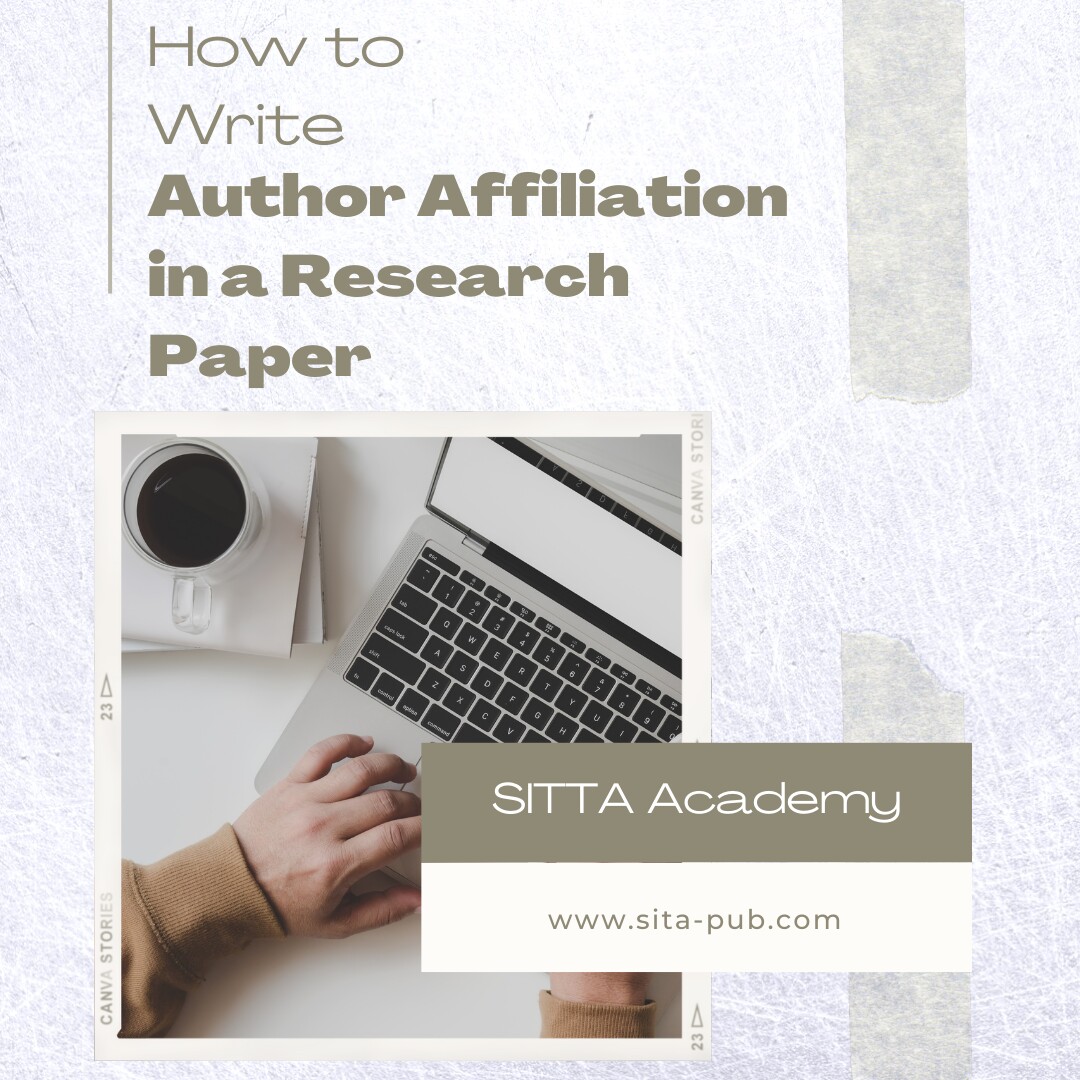How to Write Author Affiliation in a Research Paper


When preparing a research paper, including the correct affiliation for each author is essential. This section identifies the institution or organization where the authors work. Here’s a clear guide to help you.
Affiliation refers to the institution where the author conducts research. This information gives readers insight into the context and credibility of the work.

Including affiliations is vital for several reasons:
Credibility: It reflects the author's professional background and the institution's reputation.
Networking: It allows other researchers to reach out for collaboration or inquiries.
Acknowledgment: It credits the institutions that support the research.
The standard format typically includes:
Author's Name
Department Name
Institution Name
City, State (or Country)
For example:
John Doe
Department of Biology
University of Science
City, State, Country
Ensure each affiliation is listed clearly under the author’s name.

An author may have more than one connection. In such cases, list the primary one first, followed by any secondary affiliations, using superscript numbers for clarity. For example:
Jane Smith¹,²
¹Department of Chemistry, University of Science
²Institute of Advanced Studies, Research Center
The order of authors influences how affiliations are presented. Typically, the first author is the one who contributed the most, with others following based on their contributions. Make sure each institutional connection aligns with the author’s order in the paper.
Different journals may have specific requirements for writing affiliations. Always consult the journal’s submission guidelines for details on format, including font size and spacing.

Here are frequent errors to watch for when writing affiliations:
Incomplete Details: Ensure all necessary information is included, such as department and institution .
Spelling Errors: Double-check names and institutions for accuracy.
Inconsistent Format: Maintain a consistent style throughout the document.

For those whose first language is not English, consider these tips for clarity:
Use Simple Language: Keep sentences straightforward and avoid complex terms.
Check Grammar: Utilize grammar-checking tools for accuracy.
Seek Feedback: Ask a fluent colleague to review your work if possible.
Single Author:
Emily Johnson
Department of Environmental Science
Green University
City, State, Country
Multiple Authors with Different Affiliations:
Michael Lee¹, Sarah Brown²
¹Department of Physics, Tech Institute
²School of Engineering, City University
Multiple Affiliations for One Author:
David Kim³
¹Department of Mathematics, University of Knowledge
²Institute for Research, Global Center
Here are a few examples to illustrate how to format them:
Be Clear and Concise: Strive for clarity in your affiliations. Avoid lengthy explanations.
Follow Journal Style: Adhere to the specific requirements of the journal you’re submitting to.
Update When Necessary: If your credentials change, inform the journal promptly.
Writing affiliations accurately is a crucial part of preparing a research paper. By following these guidelines, you can ensure that your information is clear and meets academic standards. This enhances the credibility of your work and helps others understand your professional background.

Ready to publish your research? Join SITA Academy! We offer straightforward support to help you with every step of the publishing process. From choosing the right journal to improving your paper, we’re here to make it easier for you. Don’t let your hard work go unnoticed—get help from SITA Academy and share your research with the world.
If you have any questions, inquiries, or would like to learn more about our services, please don't hesitate to reach out to us. Our dedicated team is ready to assist you.